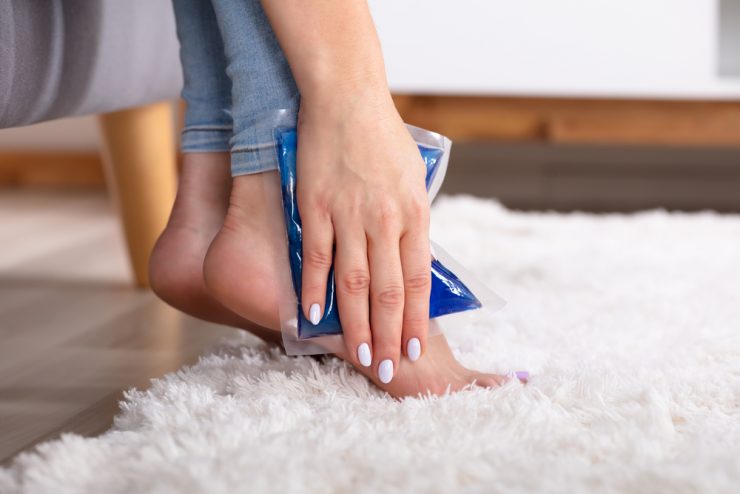If you experience pain in your feet, the cause may unclear at first. People typically assume pain is as a result of injury, even if they cannot recall a specific incident, like an accident or a fall. Several conditions and diseases are likely to cause foot pain, including Arthritis. It’s important for a doctor to diagnose you, especially when the pain persists. Getting appropriate treatment solely depends on an accurate diagnosis.
Nonsurgical Treatment
Although Rheumatoid Arthritis doesn’t have a cure, there exists a variety of treatment options to assist people to stay active, manage pain, and ultimately have abundant lives. Treatment of Rheumatoid arthritis is usually conducted by healthcare professionals. These include rehabilitation specialists, physical and occupational therapists, rheumatologists, social workers, and orthopaedic surgeons among others. Orthopedic treatment is known to relieve symptoms but doesn’t stop this disease from progressing. Destruction of joints is prevented by Disease-modifying Anti-rheumatic drugs, which are special medicines designed to inhibit the immune system. A rheumatologist is a person in charge of directing appropriate use of the medications.
Some non-surgical treatment includes:
Rest
Limiting activities that worsen pain is the first step of reducing pain. Use of elliptical training machines, swimming, and other exercises allow patients to maintain good health without having to place a large load of impact on the feet.
Using Ice
Ice can also be placed on the most painful foot area for 20 minutes. To enhance more effectiveness, this can be repeated 3 or 4 times daily. Application of ice is best done after you are done with any physical activities. Ensure not to directly apply ice to your skin.
Non-steroidal Anti-inflammatory Medication
Drugs, such as naproxen and ibuprofen reduce inflammation and pain. But these medications ought to be reviewed by a medical doctor or rheumatologist for patients with Rheumatoid Arthritis for feet.
Orthotics
An orthotic is a shoe insert made of soft material that is effective for minimizing the pressure from outstanding bones in the foot. Although your feet’s shape cannot be corrected by the orthotic, pressure on the feet will be minimized and pain will substantially reduce. It portrays more effectiveness for deformity in the middle and front of the foot.
Braces
A lace-up of an ankle brace is effective for treatment of pain in the foot and the ankle as well. The brace supports the back foot and ankle joints. For patients with stiff arthritic ankle or severe Flatfeet, a custom-molded leather brace or plastic is important.
Steroid Injection
A cortisone injection into the affected area can help when the disease is at its early stages, which is performed by a medical doctor or rheumatologist. The steroid reduces inflammation, but is just a temporary measure and doesn’t stop the disease from progressing.
Surgical Treatment
Your doctor is likely to recommend surgery. It depends on the response you have to nonsurgical options and extent of cartilage damage.
Fusion
It is the most common form of surgery performed on patients of Rheumatoid Arthritis. It involves taking two joint bones and fusing to make a single bone. The joints become exposed during surgery and the cartilage that remains is removed. These bones are held together with a combination of plates and screws preventing the bones from moving.












